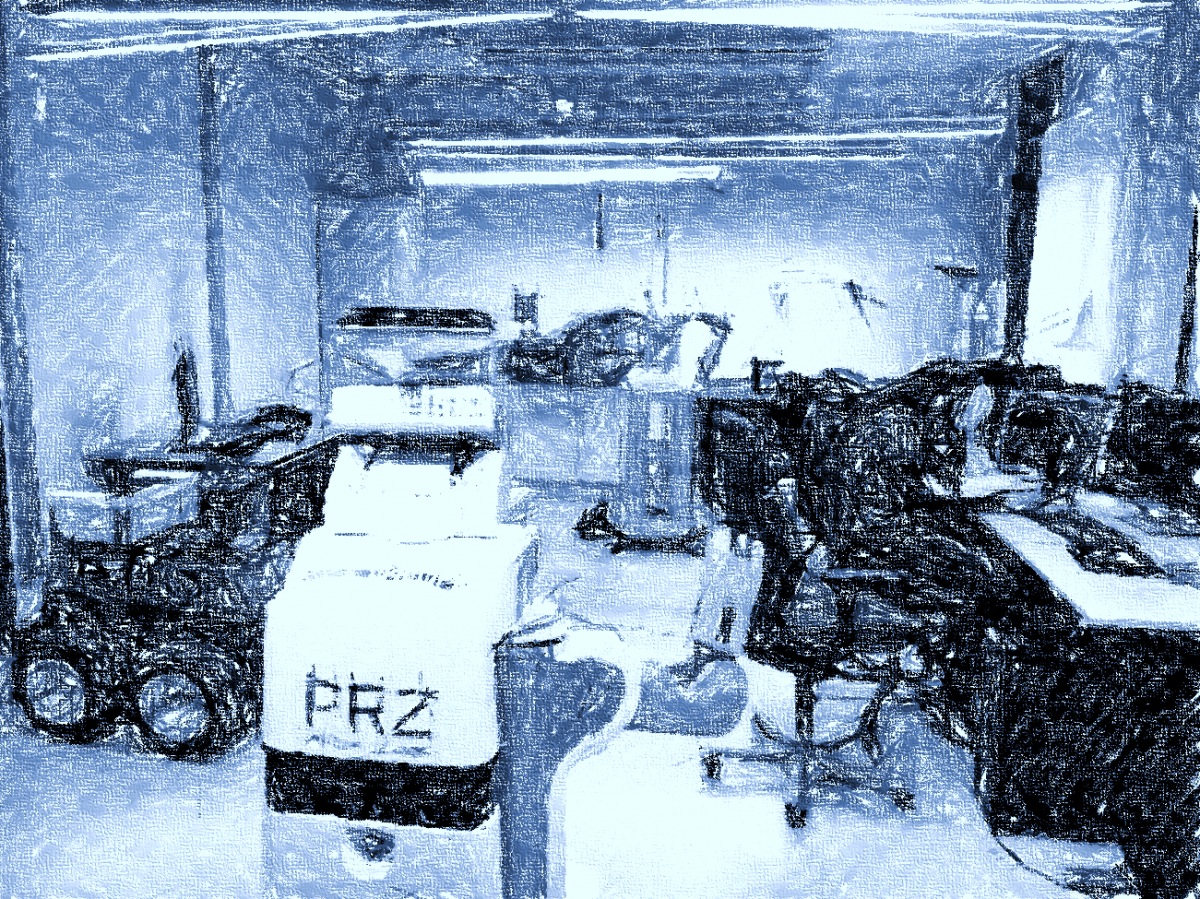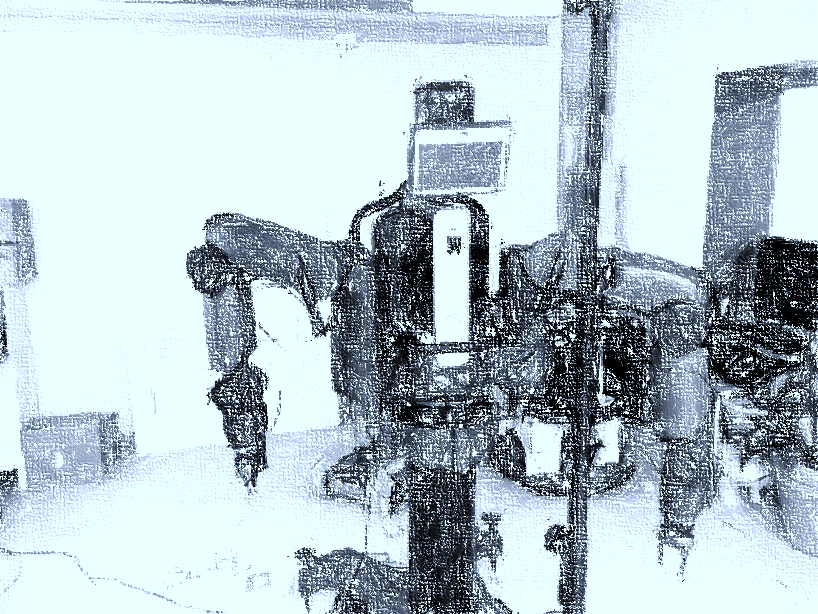
Body Image Dissatisfaction Can Decrease Quality of Life
Eating disorders are relatively common among young adults, especially among females or elite athletes. A major risk factor for developing an eating disorder is body image dissatisfaction which indicates a negative attitude towards one’s own physical appearance. Current technologies in the market are focused mostly on nutrition by measuring and tracking calorie intake in order to optimise the dietary choices. The social media landscape is filled with certain beauty ideals representing only certain body types and shapes as more normative or successful than others [1]. As a result, these kinds of technologies can contribute to body image dissatisfaction, unhealthy eating habits, or disordered eating behaviours. Eating disorders often remain unrecognized, and they can significantly decrease the quality of life particularly for young adults who may be vulnerable to societal pressures on physical appearance.
TrueBalance – A New Conversational Tool to Promote Positive Body Image
To provide an alternative solution to the mainstream nutrition technologies, we have developed a new conversational tool called TrueBalance for the recognition and raising awareness of body image dissatisfaction that can maintain unhealthy eating habits. TrueBalance allows the person to have an autonomous text-based conversation on any topic regarding physical appearance, eating habits, fear of gaining weight or anxiety related to food intake. TrueBalance integrates biomedical determinants that might lead to eating disorders, and applies the principles of Cognitive Behavioural Therapy (CBT) [2] to provide conversational support that helps users in identifying unhelpful thoughts and reformulating these thoughts into more constructive thinking patterns [3]. TrueBalance provides its suggestions based on previous scientific knowledge on eating disorders in a value-sensitive manner. TrueBalance does not collect personal information from the user (such as names or other personal details), which means that all dialogues remain anonymous. We hope that this tool could be used in the promotion of positive body image, prevention of eating disorders or as a complementary method along with working together with a professional therapist.
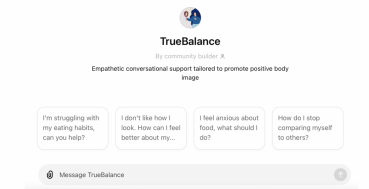
Initial Feedback from Psychologists and Young Adults Shows Promising Results
TrueBalance has been tested with a psychologist and young adults from the age group of under 30 to understand the benefits and challenges of using this technology for the promotion of positive body image. Psychologists see the benefits of using this tool in the education of cognitive behavioral therapists, since TrueBalance can generate different cognitive strategies for raising awareness and overcoming negative thoughts on body image or eating. Young adults have appreciated the possibility to have an anonymous dialogue on sensitive topics that resembles conversation with a friend. This can help users to reflect and raise awareness of their body image satisfaction, emotions related to food and eating, or concerns regarding physical appearance. More user studies are nevertheless needed to understand the potential implementation and ethical challenges of using this technology in health promotion.
Future Research with New Participants is Needed
It will be important to ensure that this type of technology will have positive impacts on users’ self-image, body image and emotional well-being. For that reason, we are now looking for young adults from the age group of 20-30 interested in trying TrueBalance for a short period of time, and sharing their insights, feedback and challenges with this technology with us. Participation includes:
1) Short online meeting, where we will demonstrate how to use TrueBalance, and what kind of questions or topics you can talk with it. We will give you the instructions of how you can use TrueBalance. You will also answer an anonymised survey on body image satisfaction.
2) You will use TrueBalance in your home for 1 week, a minimum of 3 times. You can select the time and length of using TrueBalance yourself, but we encourage you to use it as often as you like. Using TrueBalance is entirely anonymous, and we will not be able to connect your conversation with your personal data.
3) Follow-up online interview, where we will ask you questions about the user experience of interacting with TrueBalance. You will be asked to fill a questionnaire about body image satisfaction.
A small financial compensation (gift card) will be awarded to all participants.
All young adults between the ages of 20 and 30 are welcome to participate. No prior technical knowledge is needed.
If you are interested in participating, you can respond to this invitation by sending ‘Yes’ along with your name, to rnwja@kth.se or use the registration link: https://tinyurl.com/2a2hxedv. The schedule for the participation can be decided based on your availability.
Your participation contributes to new knowledge about the benefits of conversational technologies in health promotion. At the same time, you get an insight into the ongoing technology development. Participation is completely voluntary and you can choose to cancel your participation in the study at any time. Your privacy will be respected, and no person will be identified from the published material. All information about you is completely anonymised.
Research team:
Sanna Kuoppamäki, Assistant Professor, KTH
Arzu Güneysu, Associate Professor, Umeå University
Razan Jaber, Researcher, KTH
Beatrice Vincenci, Lecturer, Birmingham City University
Josefin Rehn Hamrin, Master student graduate, KTH
Natalia Slusarek, Master student graduate, KTH
Xuan Zhang, Master student graduate, KI
References:
[1] Castellanos Silva, R., & Steins, G. (2023). Social media and body dissatisfaction in young adults: An experimental investigation of the effects of different image content and influencing constructs. Frontiers in Psychology, 14, 1037932. https://doi.org/10.3389/fpsyg.2023.1037932
[2] Agras, W. S., & Bohon, C. (2021). Cognitive Behavioral Therapy for the Eating Disorders. Annual Review of Clinical Psychology, 17(1), 417–438. https://doi.org/10.1146/annurev-clinpsy-081219-110907
[3] Hamrin, J. R. (2024). Enhancing Support for Eating Disorders: Developing a Conversational Agent Integrating Biomedical Insights and Cognitive Behavioral Therapy. Master thesis, School of Engineering Sciences. http://kth.diva-portal.org/smash/record.jsf?pid=diva2%3A1869718&dswid=9873
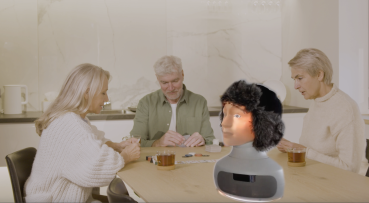 Är du vuxen som är 65 år eller äldre? Är du intresserad av sociala robotar och vill ta del av utvecklingen av en personligt sällskapsrobot? Kom och ta del av denna unika möjlighet att uppleva Furhat, världens mest avancerade sociala robot.
Är du vuxen som är 65 år eller äldre? Är du intresserad av sociala robotar och vill ta del av utvecklingen av en personligt sällskapsrobot? Kom och ta del av denna unika möjlighet att uppleva Furhat, världens mest avancerade sociala robot.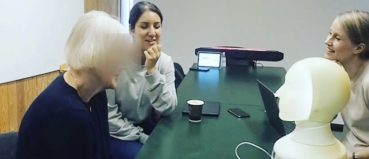


 Well, technologies may fail if they do not correspond to the users’ wishes or desires. So, there is a need for suitable user images, to ensure that millions of investments into robotics and artificial intelligence do not go to waste. Our study speaks to this need. Through developing a better understanding of how users are imagined in practice, we are now beginning to learn how and where we can improve these images; and better tailor them to our needs and expectations.
Well, technologies may fail if they do not correspond to the users’ wishes or desires. So, there is a need for suitable user images, to ensure that millions of investments into robotics and artificial intelligence do not go to waste. Our study speaks to this need. Through developing a better understanding of how users are imagined in practice, we are now beginning to learn how and where we can improve these images; and better tailor them to our needs and expectations.